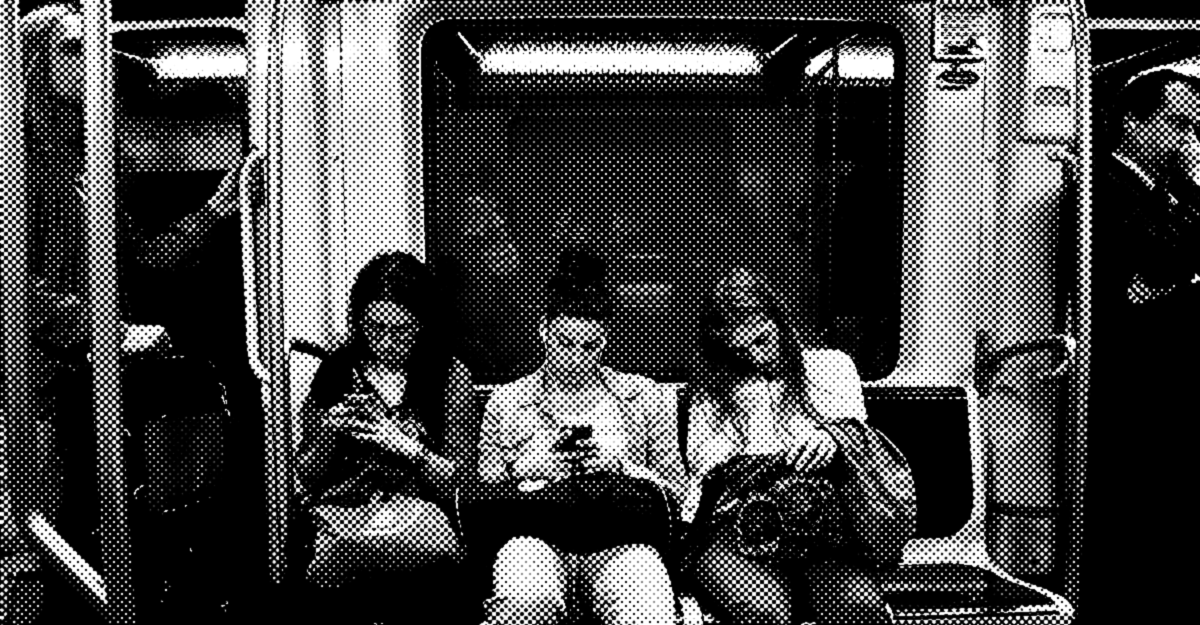
Project details
Project type: UX/UI
Output: Mobile app (mid-fidelity concept)
My role: Principle UX/UI designer
Company: Curalie GmbH (Fresenius Group)
Time: Apr 2022
Context
Burnout, breast cancer, tinnitus, and more — DiGAs support patients in a wide range of health battles. As a digital therapy provider, our organization decided to embrace the challenge and join the DiGA index. However, we first needed to ensure that our medical product promotes therapy adherence, engagement, and the overall well-being of patients. Additionally, we had to be able to demonstrate this effectively.
What is DiGA (Digitale Gesundheitsanwendungen)?
DiGAs are digital health apps for mobile or the web. Each DiGA has a precise purpose; one might be diabetes therapy management and another support in agoraphobia. Just like prescription drugs or therapies, they require a doctor's prescription.
To be approved by the Federal Institute for Drugs and Medical Devices (BfArM), DiGA must fulfill strict requirements. It must deliver positive healthcare outcomes through medical benefits (such as better health or reduced illness duration) or other improvements (such as ensuring therapy adherence or minimizing patient effort).
Project goal
Design motivational features for our app to boost patient progress in our digital therapies. Ensure this system facilitates proving the app’s medical impact.
Problem space: we are standing in our own way
We realized that the complexity of our app was likely hindering the app’s effectiveness as a potential DiGA. For instance: a user enrolled in two therapy programs received tasks that merge into a single to-do list. Consequently, it may be unclear which therapy program is benefiting from each completed task.
This example has two significant consequences: first, the patient might lose motivation or interest in continuing the therapy due to unclear progress. Second, the combined tasks sometimes resulted in ambiguous request data being sent to our backend. Addressing both of these issues was crucial for improving our DiGA qualifications.
Research
Deep focus on our users
After starting the research with a competitive analysis, we wanted to determine the most effective gamification approach for the users. To do that, we needed to answer key questions: What motivates our users? What’s the science behind these motivations? How can we leverage behavioral science to amplify them?
We handed over the insights to our e-learning expert. She mapped this information against the specifics of our target group. The matrix she created enabled us to assess the effectiveness of various gamification solutions. Our goal: identify three to five most optimal mechanisms.

Gamification bingo
Narrowing down the behavioral features from such a vast pool was a meticulous task. We focused on selecting elements that would allow us to create a transparent, ethical, simple, and effective motivational system.
At the same time, we carefully excluded any features that could induce undue stress or promote addictive behavior. Additionally, the setup needed to be feasible within a reasonable timeframe and enhance the tracking of patient therapy success.

Ideation
Through the impact-effort matrix, we identified the building blocks of our gamification:
Fast feedback
Goals
Badges
Levelling-up
Collaboration
Challenge 1: We. Are. Complex.
For the gamification to be sustainable, it needed to apply to every therapy in our app. However, our therapies’ setup was very diverse. They varied in structure, format, and necessary user engagement. They leveraged a range of interconnected app features such as symptom tracking, video doctor appointments, educational content, and much more.

We realized we need to build the reward system around factors independent, to a big extent, from the therapies’ very content.
First, we considered rewarding the time a user has been enrolled in the therapy. The idea would be fast and easy to implement. However, the motivational impact would be almost entirely lost - some users would be rewarded even if they did not adhere to the therapy.
The next idea we explored was rewarding therapy adherence. Patients would be rewarded at specific completion ranges, such as 25%, 50%, 75%, and 100%.
However, while these percentages are inherent to any therapy, they remain relative. This created a problem, as we learned that in some therapies the number of tasks can increase or decrease based on user input. Implementing a reward system that could accommodate these fluctuations proved to be too challenging.
Solutions
Through further exploration, we landed at a motivational system consisting of two core features.
Feature 1: Badges for therapy-independent events, such as:
Opening the app a specific number of times within a timeframe unknown* to the user (e.g., using the app on three consecutive Sundays).
Completing a set number of tasks of a given type (e.g., five reading assignments).
Responding to a push notification cue (e.g., logging a blood pressure measurement).
* A positive unpredictability as a motivational feature.
Feature 2: Therapy Mountain - the representation of patients’ progress and goals
Every therapy is depicted as a mountain to virtually climb. To reach the peak, patients must first complete the milestones.
Milestones are crucial therapy events predefined by medical experts. At every milestone, a part of an engaging storytelling is unveiled.
The story is told by fantastic creatures, who share the patient’s goal of reaching the mountain top. They guide, motivate, and engage the user.
When it comes to health concerns, why would anyone play games?
Although gamification does not equate to flashy, addictive mini-games, it inherently aims for engagement and carries a certain tone.
Appropriate gamification in healthcare is a demanding balancing act. We needed to find a sweet spot between serious and entertaining. Understanding where it lies was only possible through extensive research.
To guide us through the process, we developed gamification guidelines. They helped us ensure that we are rooting the reward system in users’ genuine curiosity about what’s next, rather than in the fear of missing out. The tone and supporting visuals should strike a balance between surprising fun and trustworthy support. The language should be engaging caring, but never patronising.
WIP: More details coming soon
WIP: More details coming soon







